Triglycerides are a common type of lipid (waxy fat) found in the human body and are important for several bodily functions. Triglycerides are produced by the body and come from the food one eats, and the most common sources of triglycerides include butter, oil, and other types of fatty foods. When an individual’s calorie intake is higher than the body’s requirement, those extra calories get converted into triglycerides as well and are stored in fat cells throughout the body. They are released to fulfill the body’s energy requirements between meals.
Cholesterol and Triglycerides: What is the Difference?
While triglycerides and cholesterol are both types of lipids that circulate in the body, what cholesterol is and what triglycerides are and what they do is where the difference lies. While cholesterol is a waxy lipoprotein that is produced in the liver, triglycerides are a type of fat that mostly come from one’s diet. Cholesterol also comes from the food one intakes and is responsible for several functions like hormone production, digestion, cell building, and the generation of vitamin D. Triglycerides on the other hand are used to store unused calories and provide the body with energy when required. High triglycerides and cholesterol levels are both associated with the increased risk of certain medical conditions.
What Level of Triglycerides is Dangerous?
The normal range of triglycerides may vary with different diagnostics labs but in general, normal triglycerides levels are lower than 150 mg/dL. High levels of triglycerides (more than 200 mg/dL) can lead to some major health issues such as heart disease, heart attacks, strokes, etc. and extremely high levels of triglycerides (more than 500 mg/dL) are associated with liver and pancreatic conditions.
Symptoms of High Triglycerides
There are no specific symptoms of high triglycerides until they reach extremely high levels. Undergoing a lipid profile test for triglyceride level monitoring is the only way to detect abnormal levels.
At extremely high levels of triglycerides, symptoms of pancreatitis may appear, like pain in the upper abdomen or nausea. By the time triglyceride levels reach a point that is considered to be excessively high, they may have affected several organs, and the symptoms of extremely high triglycerides may include:
- Shortness of breath
- Angina
- Arrhythmia
- Enlarged spleen and liver
- Painless nodules on the thighs, hip, elbows, knees, and torso
- Yellowish-coloured palms
- Raised yellowish spots around the eyeballs
- Nervous system-related symptoms like dementia, depression, memory loss, etc.
These symptoms of high triglycerides must not be ignored as they require immediate attention and treatment by a medical practitioner.
What Causes High Triglycerides?
An unhealthy diet is the most common reason for high triglyceride levels. There are several drivers behind rising triglyceride levels, knowing about which can also help understand how to reduce triglycerides levels:
Lifestyle Habits
- Carbohydrate- and fat-rich diet
- Excessive alcohol consumption
- Family history of high cholesterol
- Obesity or being overweight
- Leading a sedentary lifestyle
- Smoking
- Health Conditions Diabetes Mellitus
- Metabolic Syndrome
- Hypothyroidism
- Pregnancy
- Nephrotic Syndrome
Medication that Can Affect Triglycerides Levels
- Steroids
- Atypical antipsychotics
- Antidepressants
- Protease inhibitors
- Oestrogens
How to Control and Reduce Triglyceride Levels
Treatment of high triglycerides levels and knowing how to decrease triglycerides is quite important as not only can high levels be a warning sign of other underlying health issues, but they can also lead to a number of serious diseases and conditions. Getting these levels under control can help prevent the health risks associated with them as well. Here is how to lower triglyceride levels:
- Exercise Regularly
It is important to get at least 30 minutes of daily exercise at least five days a week. However, one should always consult their doctor before adding any new exercise to their schedule.
- Maintain a Healthy Weight
Obesity can lead to several health issues, in addition to those that may be caused by high triglyceride levels. Maintaining a healthy weight is crucial for maintaining triglyceride levels.
- Take a Healthy Diet
Since unhealthy eating habits are the main cause of abnormal triglyceride levels, a proper diet can help control them as well. There are several foods to lower triglycerides, such as fruits, vegetables, lean protein, etc. and foods rich in omega 3, like tuna, salmon, and other fatty fish that can be added to the diet.
- Limit Smoking and Alcohol Consumption
There have been a number of studies showing that small amounts of alcohol can also affect an individual’s triglyceride levels. To lower these levels, it is best to cut down on alcohol consumption and quit smoking.
High triglyceride levels become more of a problem with age, as they increase one’s risk of developing heart disease and other health conditions. The best way to avoid this is to keep these levels in check with the help of healthy lifestyle habits.













 7982100200
7982100200



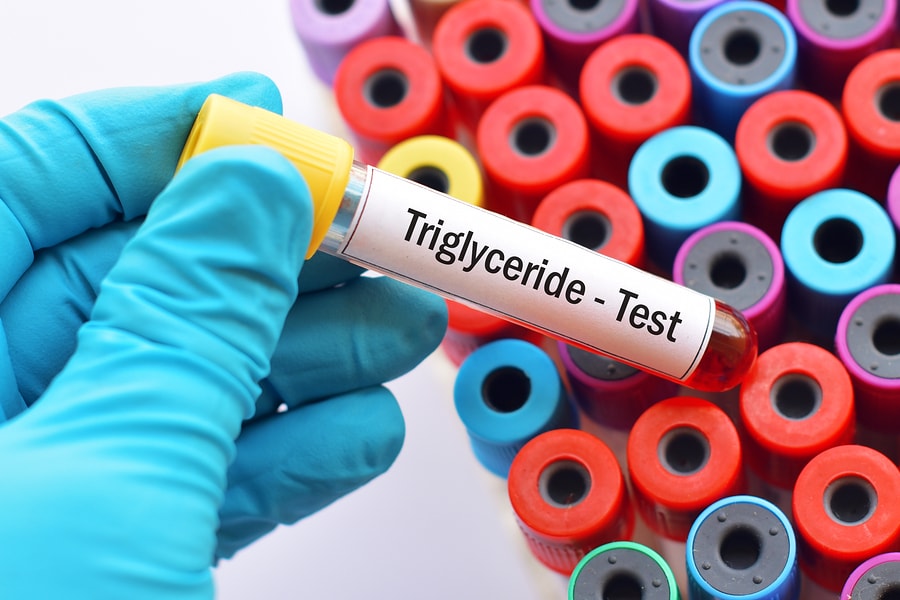


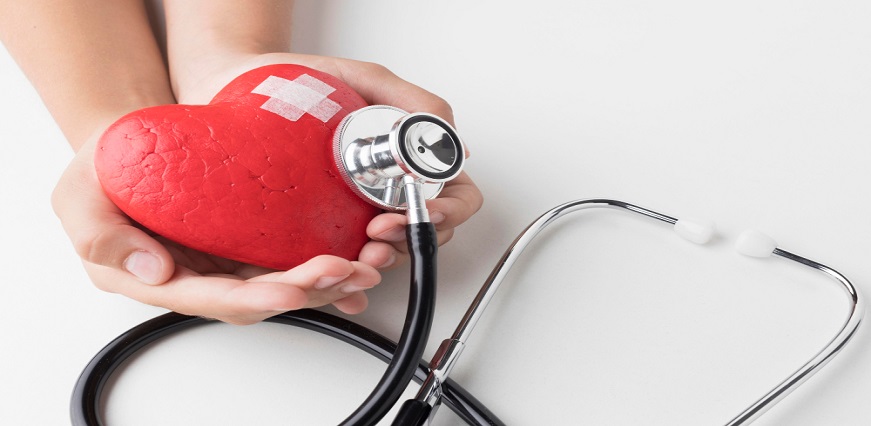

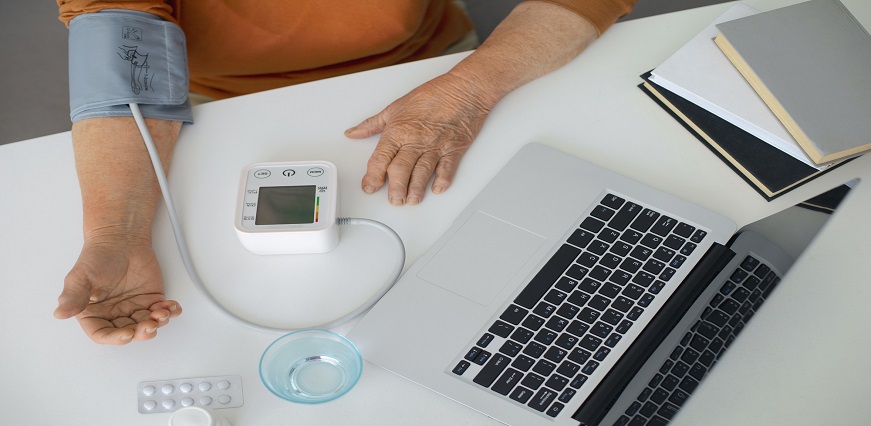
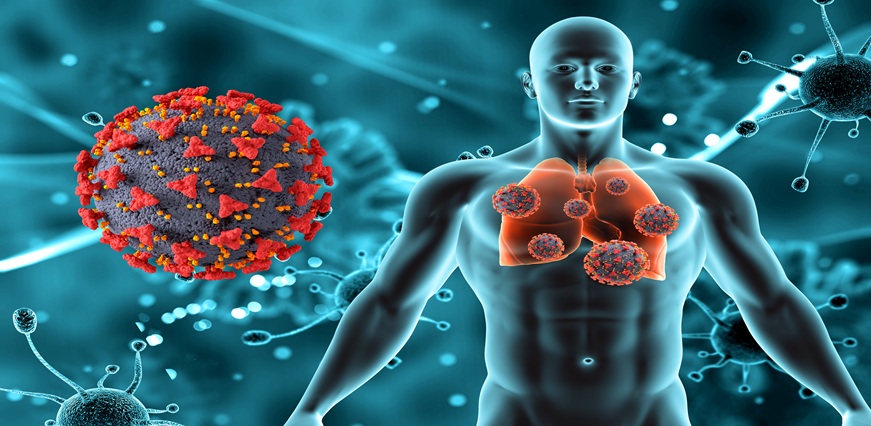
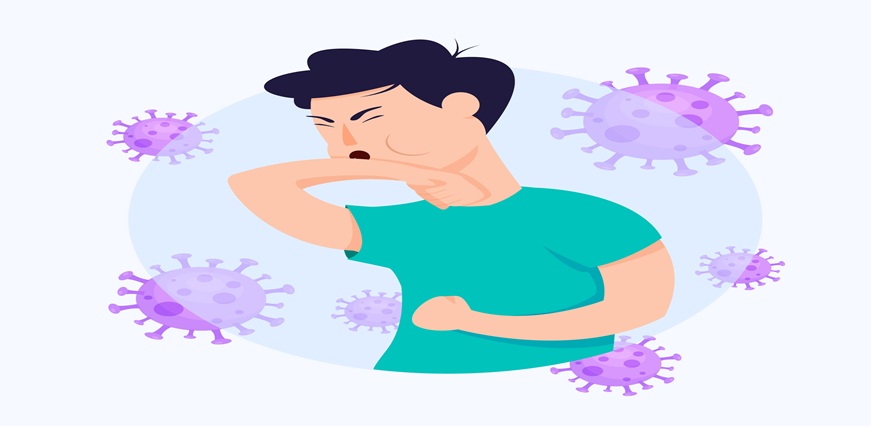












 To reach our help desk call 9213188888
To reach our help desk call 9213188888.png)
Comments